$GLD $SLV $XAUUSD
#Gold #Silver #Commodities #PreciousMetals #MarketRally #Investing #WorldBank #GoldPrice #SilverPrice #Investors #CommoditiesMarket #Trading
Gold has surged significantly in the commodities market this year, appreciating by approximately 33% and nearing record highs of around $2,800 per ounce. Historically viewed as a hedge against inflation and economic uncertainty, investors have flocked to gold as central banks maintained looser monetary policies, contributing to a bullish run. This surge in demand has also been supported by rising fears of a global economic slowdown, geopolitical tensions, and concerns surrounding the performance of traditional currencies. However, the staggering gains have prompted several analysts—now coming off a record run for the precious metal—to question whether the rally is sustainable in the long term, especially as the global macroeconomic picture continues to evolve.
While gold has dominated the headlines, attention is now shifting towards silver, another precious metal whose price movement often correlates with that of gold. The current economic environment, combined with potential shifts in industrial demand for silver, suggests that silver might soon attract more attention. Silver has often lagged behind gold in terms of price momentum, but this divergence creates a potential opportunity for investors. According to a recent World Bank report, the years 2025 and 2026 might represent an inflection point for silver prices. Given silver’s industrial applications, particularly in emerging technologies like renewable energy and electronics, the commodity could see significant price growth in the medium term. These industrial uses make silver more sensitive to shifts in global economic and industrial trends than gold, which remains largely a store of value.
The World Bank’s analysis highlights how silver’s performance could outshine gold during the next economic cycle, particularly as central banks start to normalize interest rates. This normalization could curb some of gold’s appeal—which thrives in low-interest environments—and potentially shift the focus to silver, which offers both industrial and monetary value. If inflationary pressures begin to ease, gold could lose some of the speculative attention it’s garnered this past year. On the other hand, silver’s industrial relevance might buffer it against some of the volatility affecting other commodities, giving it room to rise. Importantly, the supply chain for silver remains tighter than gold, as mining output has struggled to keep pace with projected demand.
From a broader investment perspective, the precious metals market could provide various opportunities for portfolio diversification. Investors heavily positioned in gold might consider allocating some of their investment towards silver as a hedge against potential cooling in gold’s rally. Given the unique demand drivers for both metals—gold’s status as a safe haven and silver’s critical role in industries tied to future technologies—a balanced approach to precious metals could allow investors to capture benefits amidst evolving market conditions. While there’s no certainty that gold’s rally will fizzle out soon, the combination of higher interest rates and technological advancements could very well place silver on center stage by the mid-2020s.
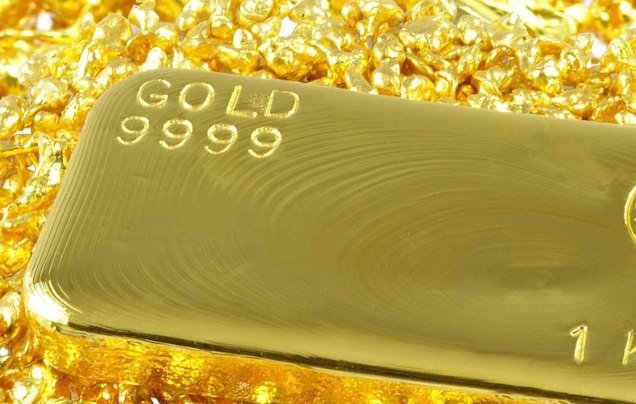



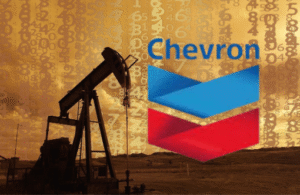
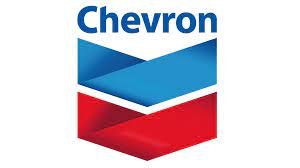
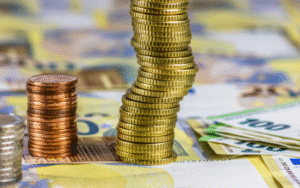
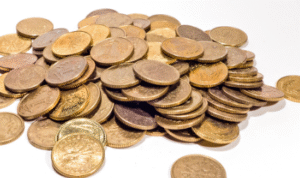
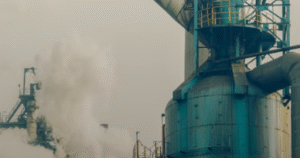
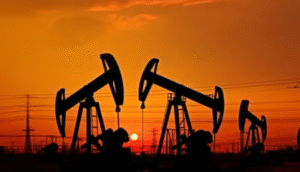

Comments are closed.